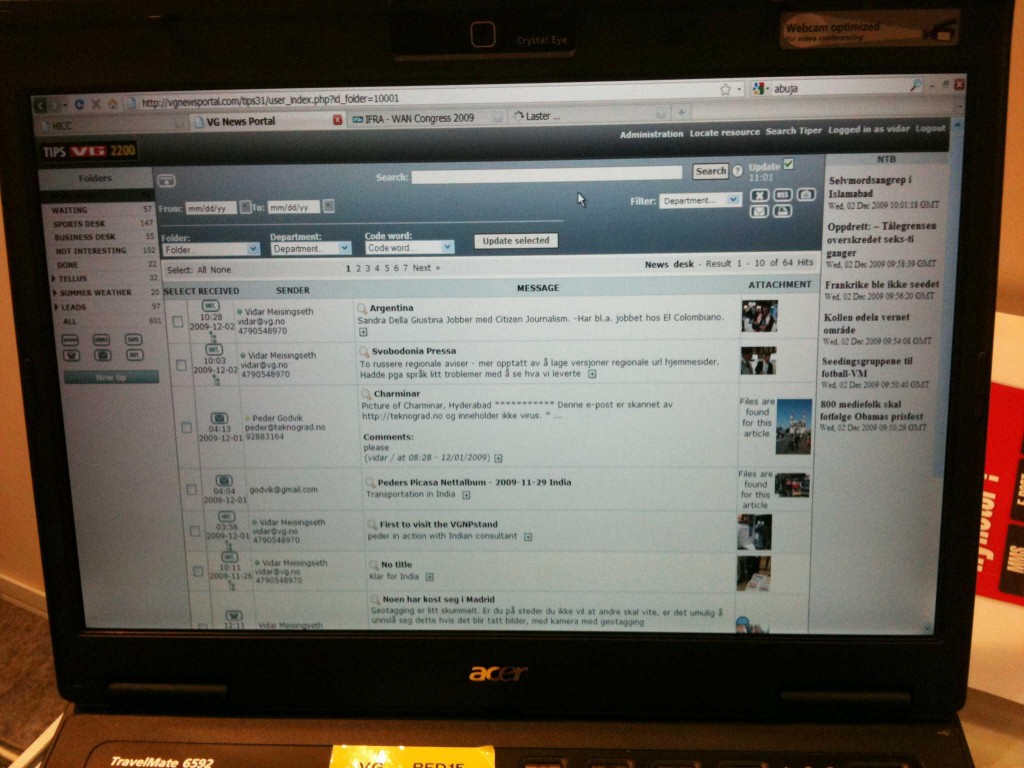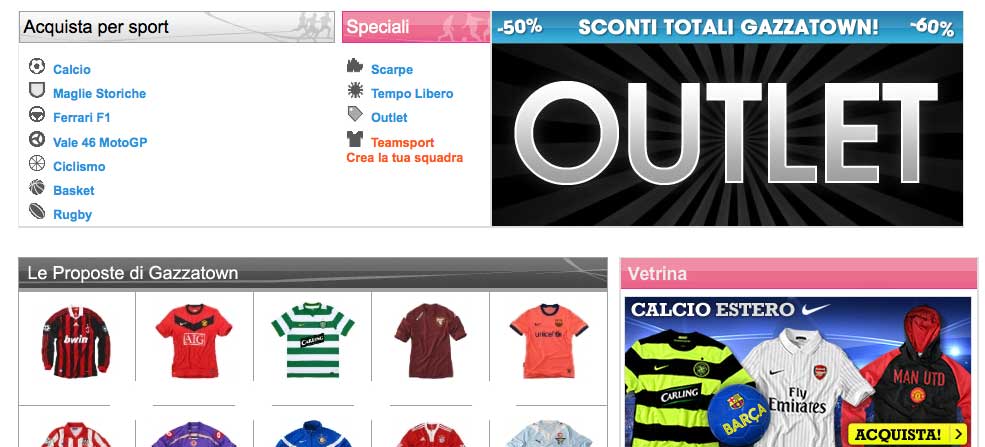“When I walk into an editorial meeting, I am an editor, just an editor – that’s it.”
So said Champika Liyanaarachchi, editor-in-chief of the Sri Lankan Daily Mirror, as part of a panel at the World Editors Forum (WEF), running alongside the World Association of Newspapers (WAN) conference, asking if more women editors-in-chief means more readers.
The discussion ranged from how a growing number of female readers should impact traditional newspapers to whether there were still preconceptions about what types of story male and female journalists should cover.
Ferial Haffajee, editor-in-chief of CityPress newspaper in South Africa, said newspapers had for too long only looked at their existing audience demographic and sought new readers within this mould. Choices made by such newspapers reinforce these reader types. We cater for them in a lacklustre way and select columnists and topics that reflect or reinforce their views, she said.
Many female journalists, in a bid to resist being pigeonholed as only good for ‘women’s issues’ stories have pointedly refused to cover such areas, she added.
“I edited unashamedly into my niche. I took great pride in covering the stories that in the 21st century we often turn our faces from (…) Growing women readers meant not patronising them with ill-conceived women’s pages, but in creating media platforms in which they were treated as equals.”
“As an editor I’m totally against this idea of compartmentalising issues as male-centric or female-centric,” added Liyanaarachchi.
Commenting on the situation in India, Bachi Karkaria, consultant to the Times of India, said while a male club still existed as a barrier to women reaching the highest editorial positions, new, young female journalists have the opportunity to change this.
“We are the dinosaurs and they are the rhinocerouses with the horns to push forward and the hides to take criticism (…) You don’t have to follow the old paradigms of ambition,” she said.
But should we be following the old paradigms of debate? If we can do away with female journalist or male journalist-only stories, then can we stop asking questions suggesting that women editors will automatically attract women readers?
As Haffajee neatly summised, it’s not about this – it’s about diversity: “Create diversity in your newsroom and then you will attract a wider readership.”
All coverage of #WANIndia2009 from Journalism.co.uk can be found at this link.
![]() Print – somewhat unsurprising that the resilience of print was a clear favourite at a conference of newspaper executives and industry groups…
Print – somewhat unsurprising that the resilience of print was a clear favourite at a conference of newspaper executives and industry groups…



